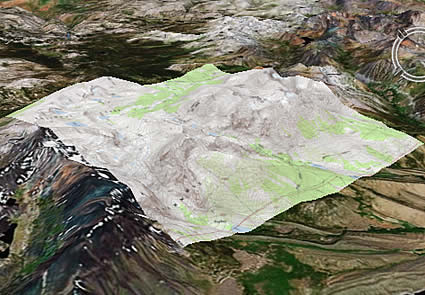 How do you create your KML? There are different KML authoring tools available.
How do you create your KML? There are different KML authoring tools available.Generally, I edit my KML in Adobe Dreamweaver, though a text editor like Notepad works fine. I create a network link in Google Earth to the KML file so I can view how my edits appear almost as soon I create them. I also set Google Earth to show all KML errors as it reads my file as a coarse means of debugging my KML.
However, this tutorial demonstrates how you can debug your KML using a nifty tool called jEdit.




